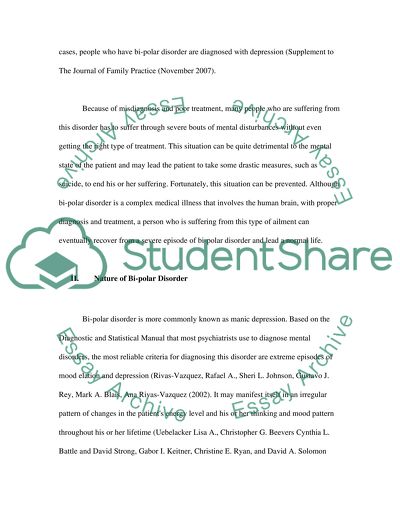Cite this document
(How Proper Diagnoses and Treatment Can Help People Who Are Suffering Term Paper, n.d.)
How Proper Diagnoses and Treatment Can Help People Who Are Suffering Term Paper. Retrieved from https://studentshare.org/psychology/1544829-bipolar-disorder
How Proper Diagnoses and Treatment Can Help People Who Are Suffering Term Paper. Retrieved from https://studentshare.org/psychology/1544829-bipolar-disorder
(How Proper Diagnoses and Treatment Can Help People Who Are Suffering Term Paper)
How Proper Diagnoses and Treatment Can Help People Who Are Suffering Term Paper. https://studentshare.org/psychology/1544829-bipolar-disorder.
How Proper Diagnoses and Treatment Can Help People Who Are Suffering Term Paper. https://studentshare.org/psychology/1544829-bipolar-disorder.
“How Proper Diagnoses and Treatment Can Help People Who Are Suffering Term Paper”. https://studentshare.org/psychology/1544829-bipolar-disorder.


